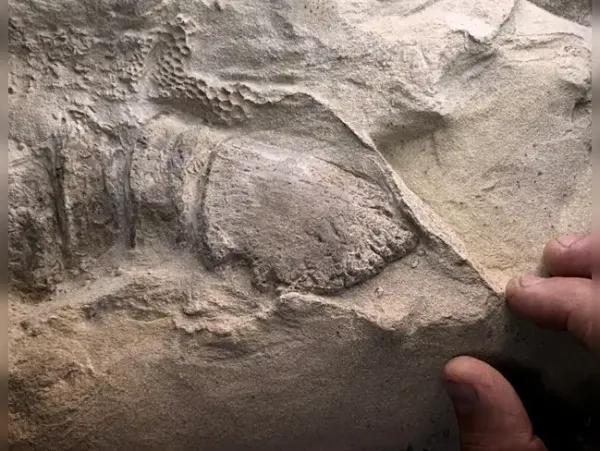Were dinosaurs already doomed before the asteroid hit, or were they robbed of a flourishing future? For decades, scientists have argued over dinosaurs’ final years, but new research published Thursday in Science on October 23 adds weight to the view that dinosaurs were struck down in their prime. The results also reinforce earlier work suggesting the asteroid, not a gradual die-off, was the decisive blow that ended 165 million years of dinosaur dominance.
Fossils from New Mexico indicate robust and thriving populations in the final chapter of the Cretaceous, though experts caution this reflects only part of the global picture.
This strengthens the case that dinosaurs were not undergoing a slow decline, at least in parts of North America, and that the asteroid impact, not long-term deterioration, was the sudden and decisive cause of their extinction.
The Naashoibito Member in New Mexico appeared promising, but its age remained uncertain for years. Unlike many sites marking the Cretaceous–Paleogene (K–Pg) boundary, it lacks the thin clay layer formed after the asteroid impact, making it harder to place in time.
Once the age was confirmed, paleontologists compared the two sites. New Mexico was home to Alamosaurus and crested lambeosaurine hadrosaurs, while Hell Creek lacked sauropods and had only non-crested hadrosaurs. The contrast points to climate and environment, not species collapse, shaping where dinosaurs lived.
Accurately dating dinosaur fossils remains a major hurdle, notes co-author Andrew Flynn. Because biological material such as carbon decays over time, scientists must instead rely on the surrounding geology for age estimates, a process that can be technically challenging and uncertain.
Fossils from New Mexico indicate robust and thriving populations in the final chapter of the Cretaceous, though experts caution this reflects only part of the global picture.
Dinosaur’s last days in northern New Mexico
The study confirms that a dinosaur community in northern New Mexico was still diverse and thriving just 400,000 years before the asteroid impact, much closer to the extinction event than previously proven for that region. By accurately dating the rock layer to 66.38 million years old, researchers showed that the site was nearly the same age as the well-known Hell Creek Formation.This strengthens the case that dinosaurs were not undergoing a slow decline, at least in parts of North America, and that the asteroid impact, not long-term deterioration, was the sudden and decisive cause of their extinction.
Why was the question so tough to answer?
Researchers have struggled to determine whether dinosaur communities in North America during the final few million years before the asteroid impact were dominated by just a few species. a sign of decline or remained diverse. The challenge: very few fossils from this exact period are precisely dated, making it difficult to track species diversity over time.The Naashoibito Member in New Mexico appeared promising, but its age remained uncertain for years. Unlike many sites marking the Cretaceous–Paleogene (K–Pg) boundary, it lacks the thin clay layer formed after the asteroid impact, making it harder to place in time.
How do researchers pin down the timeline?
To solve this, researchers used a combination of magnetic polarity analysis and argon dating of volcanic minerals. The youngest crystals dated to 66.38 million years ago, showing the site lay just 400,000 years before the asteroid strike, close enough to compare with the well-known Hell Creek Formation.Once the age was confirmed, paleontologists compared the two sites. New Mexico was home to Alamosaurus and crested lambeosaurine hadrosaurs, while Hell Creek lacked sauropods and had only non-crested hadrosaurs. The contrast points to climate and environment, not species collapse, shaping where dinosaurs lived.
Proceed with caution, say experts
Researchers not involved in the study warn against drawing global conclusions from a single site. University of Bristol paleontologist Mike Benton called the findings “very exciting” but stressed that they represent just one location and not the full complexity of late-Cretaceous dinosaur life across North America, let alone worldwide, reports ABC.Accurately dating dinosaur fossils remains a major hurdle, notes co-author Andrew Flynn. Because biological material such as carbon decays over time, scientists must instead rely on the surrounding geology for age estimates, a process that can be technically challenging and uncertain.








